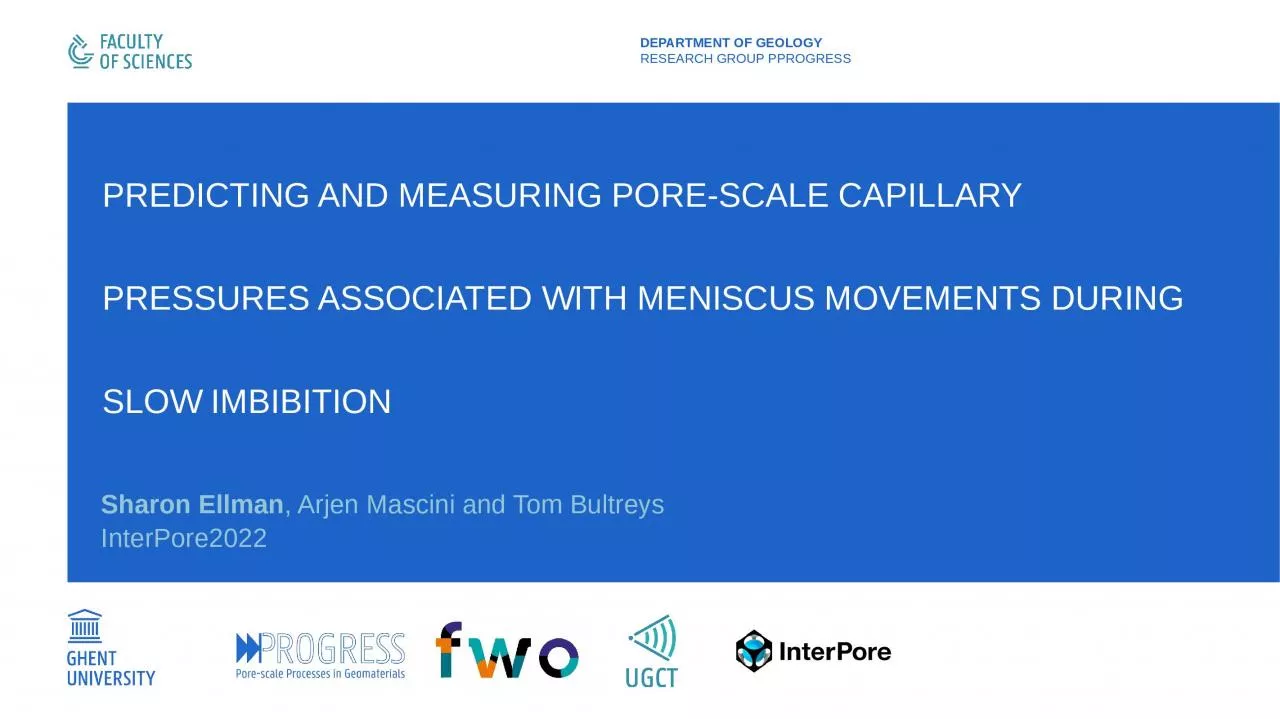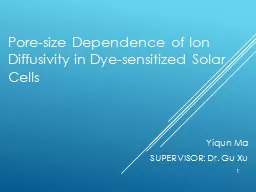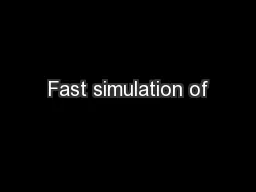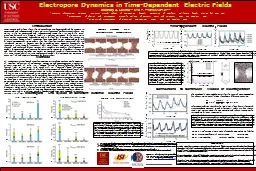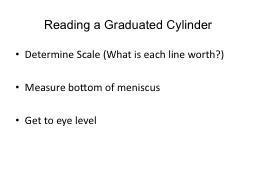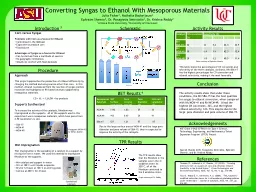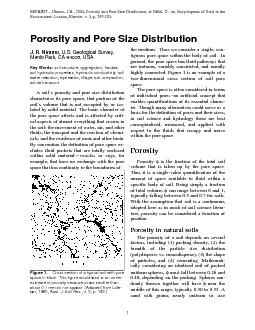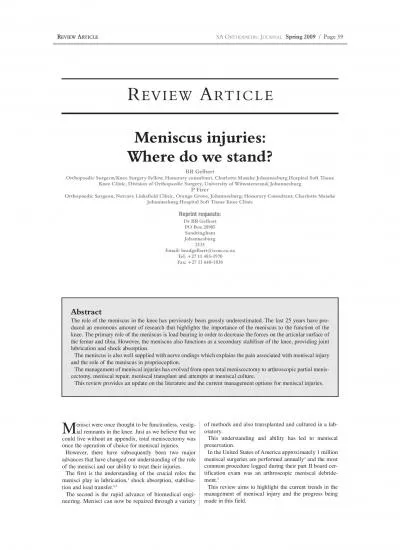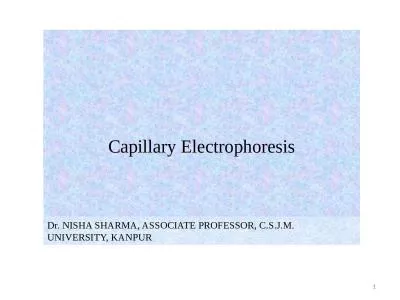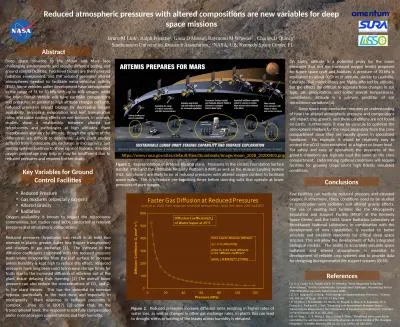PPT-Predicting and measuring pore-scale capillary pressures associated with meniscus movements
Author : edolie | Published Date : 2023-10-29
Sharon Ellman Arjen Mascini and Tom Bultreys InterPore2022 department of Geology research group PProgress Multiphase flow is important Contaminant transport amp
Presentation Embed Code
Download Presentation
Download Presentation The PPT/PDF document "Predicting and measuring pore-scale capi..." is the property of its rightful owner. Permission is granted to download and print the materials on this website for personal, non-commercial use only, and to display it on your personal computer provided you do not modify the materials and that you retain all copyright notices contained in the materials. By downloading content from our website, you accept the terms of this agreement.
Predicting and measuring pore-scale capillary pressures associated with meniscus movements: Transcript
Download Rules Of Document
"Predicting and measuring pore-scale capillary pressures associated with meniscus movements"The content belongs to its owner. You may download and print it for personal use, without modification, and keep all copyright notices. By downloading, you agree to these terms.
Related Documents

